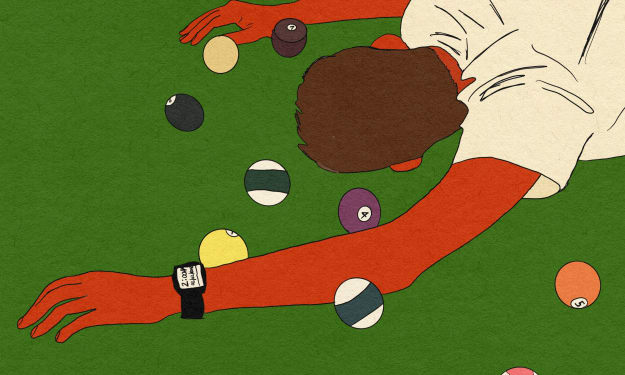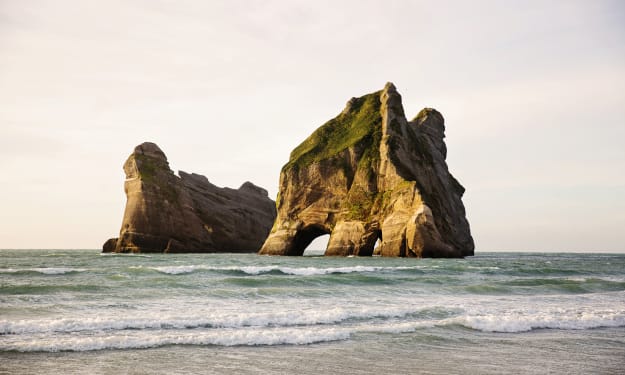When Picasso Met Einstein: The Hilariously Quirky Tango of Science and Art
Brushes, Beakers, and the Big Bang of Creativity: Where Art and Science Collide in a Colorful Explosion of Knowledge

Ah, the age-old debate: science versus art. It's like asking whether pizza is better than ice cream. Spoiler alert: they're both amazing, especially when you mix them together (metaphorically speaking, of course). Let's dive into this comedic mishmash of art and science, a tale as old as time, but with more pop culture references than a Quentin Tarantino movie.
First off, let's address the elephant in the room. Yes, science and art have been playing this weird game of tag since forever. Remember when Leonardo da Vinci was designing helicopters in his sketchbook? That guy couldn’t decide if he was an artist or an inventor. Newsflash, Leo: you were both! It's like being both a Marvel and a DC fan – controversial but not impossible.
Now, let's talk about how art can promote science education. Ever tried reading a physics textbook? It’s like trying to understand the plot of a Christopher Nolan film on the first watch. But here’s where art swoops in like a superhero. Art makes science more digestible, like turning broccoli into a cheese-topped casserole. It’s still broccoli, but now it’s fun!
Imagine learning about the solar system through a series of comic strips, each planet a character with its own personality. Jupiter, the burly jock with a stormy temper; Mars, the red-faced warrior always picking fights with Earth; and Pluto, the little guy who's still upset about not being a planet. Suddenly, astronomy isn’t just about memorizing facts; it's a saga in the cosmos!
On the flip side, science plays a crucial role in creating beautiful art. Ever seen those mesmerizing, swirling patterns in Van Gogh's Starry Night? That’s not just artistic genius; it’s fluid dynamics in action, baby! Science explains why certain colors pop and why some compositions are more pleasing to the eye. It’s like the rule of thirds in photography but for everything artsy.
Moreover, new technologies are pushing the boundaries of what's possible in art. Digital art, CGI, and even AI-generated masterpieces are the new norm. It's like when video games shifted from 8-bit graphics to stunningly realistic landscapes. We're looking at you, 'The Last of Us Part II'.
Let’s not forget the cultural impact of this fusion. Pop culture is riddled with examples of science meeting art. Take the movie ‘The Martian.’ It's a masterclass in science fiction where botany becomes the coolest subject, thanks to Matt Damon growing potatoes on Mars. Who knew photosynthesis could be so riveting?
Art also plays a massive role in scientific communication. Infographics and visualizations turn boring data into a feast for the eyes. It's like turning raw vegetables into a gourmet meal. Suddenly, climate change stats and COVID graphs aren’t just numbers; they’re stories being told with color and form.
And let's talk about museums – those temples of knowledge where art and science often hold hands. The best part? Interactive exhibits where you can push buttons, and things light up. It's like the scientific equivalent of a cat playing with a laser pointer – simple, yet endlessly entertaining.
In education, the blend of art and science is like peanut butter and jelly – a classic combo. STEAM (Science, Technology, Engineering, Arts, Mathematics) is the new buzzword, and for good reason. It’s all about teaching kids how the Fibonacci sequence is not just a series of numbers, but a design principle seen in sunflowers and galaxies. It’s about showing them that the world is not just a canvas for art or a lab for science; it’s both.
Finally, let’s not ignore the sheer joy and wonder this intersection brings. It's the awe you feel when you see a space shuttle launch, the same goosebumps you get when listening to an orchestra. It’s about finding beauty in the laws of physics and the chaos of abstract art. It’s about seeing the world not in black and white, but in a spectrum of colors, shapes, and possibilities.
In conclusion, the intersection of science and art is not just educational; it's a riotous, fun-filled adventure, like a theme park ride through human knowledge. So, the next time someone tries to argue that science and art are like oil and water, tell them they're more like milk and cookies – different, but oh-so-delightful together. And who knows? Maybe one day we’ll see a scientific paper written in comic sans or a physics theorem explained through interpretive dance. The possibilities are endless, just like the universe... or the Marvel Cinematic Universe, to keep it relatable.
About the Creator
ScienceStyled
Exploring the cosmos through the lens of art & fiction! 🚀🎨 ScienceStyled makes learning a masterpiece, blending cutting-edge science with iconic artistic styles. Join us on a journey where education meets imagination! 🔬✨
Enjoyed the story? Support the Creator.
Subscribe for free to receive all their stories in your feed. You could also pledge your support or give them a one-off tip, letting them know you appreciate their work.






Comments
There are no comments for this story
Be the first to respond and start the conversation.